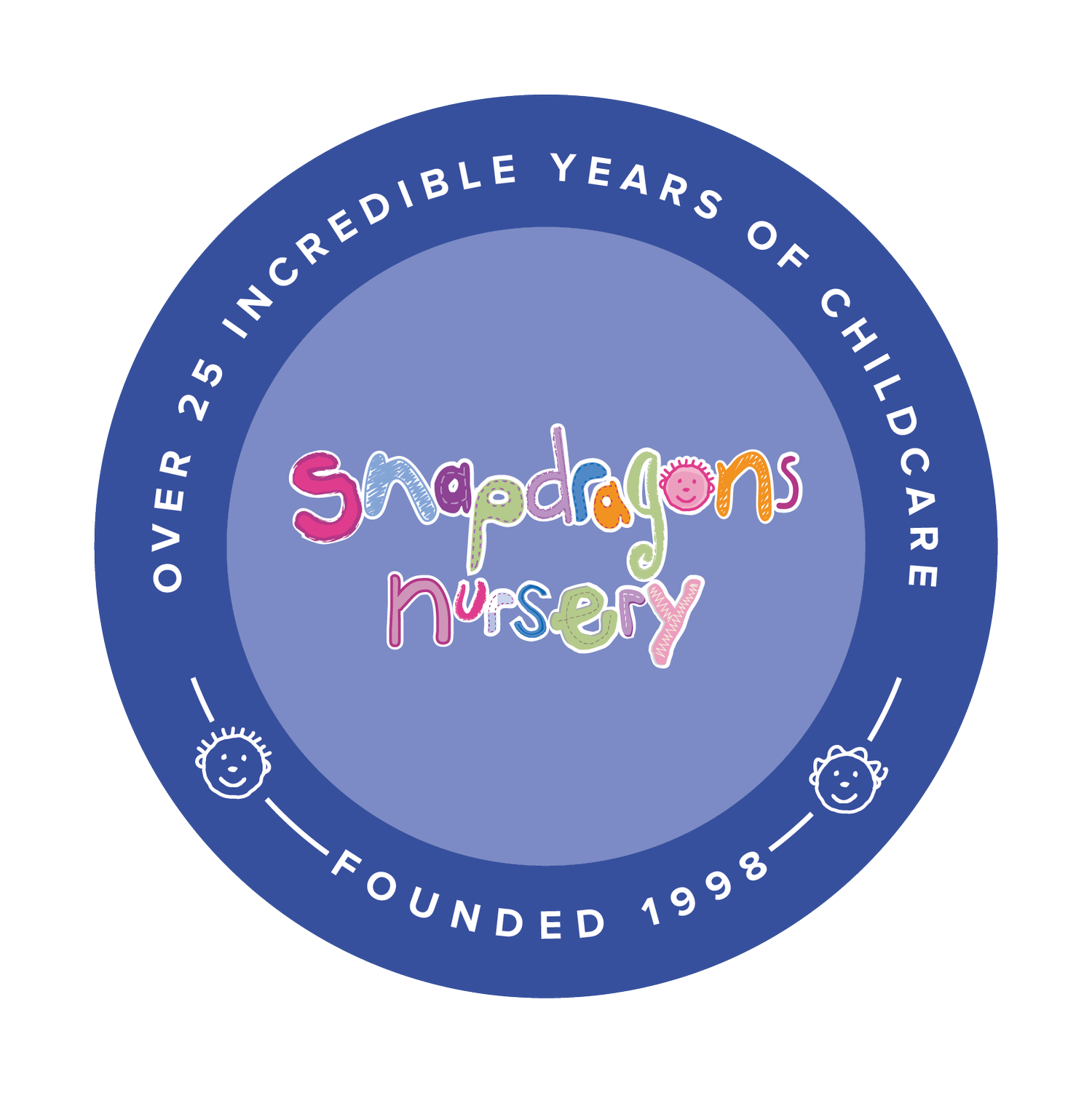
In Search of Spring
The seasons are steadily turning beyond our doorsteps and it’s the perfect time to go on the lookout for the emerging buds, leaves and blossoms that show us that nature is ready to wake up.
On a short wander-look with a preschool group from Grosvenor there were plenty of things to look at and discover when we took the time to look around. At the end of our walk, the group threaded their collections into mobiles that we hung in the trees to welcome the Spring in. After such a busy walk we sat amongst the Ash, Willow, Sycamore and Elder to try a cup of Birch twig tea freshly cut from a tree we passed by.
Making Birch twig tea using fresh cuttings
Collecting
Have a look out for some of these signs of Spring when you’re out and about!
Blossom
The earliest flowers that appear on the trees belong to the Prunus family of plants. This group includes Almonds, Apricots, Damsons and Blackthorn but the most well known are Plum and Cherry. The flowers will grow in different groupings depending on the variety but they all have five petals and are white or pink.
Flowers
Searching for #Spring with @snapgrosvenor. Collecting dock, goosegrass, ramsons and prunus blossom & making birch twig tea 🌲 #forestschool pic.twitter.com/eY0RtiNxxI
— Snapdragons Forest (@snap_forest) 3 March 2017
Crocuses peeking through, you can almost track the coming season depending on where the flowers are open – farther up the hill where it is warmer they were already open but this crop were still waiting for a bit more sun and a rise in the temperature.
Down the pathway there was another yellow flower that is an indicator of Spring: Celandine. At first glance this may look like a buttercup (it’s part of the same family) but it continues opening to a bright 8-9 petalled flower head and with its distinctive heart-shaped leaf it is a welcome sight to many walkers
Leaves
Around on the ground are young cleavers are shooting up with their stems covered in hooks and leaves encircling in sets of 5-7. Other old names include cleavers, goosegrass, catchweed, stickyweed, robin-run-the-hedge, sticky willy, stickyjack, and grip grass. Once children found out the sticky properties of these plants, they were off with mischief in their eyes!
Playing with Cleavers
The Dock leaves are coming on strongly with red tinged stems poking up from the ground. Some of the children knew that they could use them to help cure nettle stings, this led to a discussion as to whether they were “Dock” leaves or “Doctor” leaves!
Ramsons (my personal favourite Spring leaf) are coming up in woodland areas as well, although you may know them better as wild garlic. Their distinctive smell fills the air around this time and can also fill your dinners too! This will certainly be playing a part in our upcoming Forest School sessions.
As always – take care when you’re out looking for wild plants and always be sure of what you’re touching before you pick (or eat) what’s growing in the fields, hedgerows and woodlands. If you're not sure about what you’ve found, take a picture and have it sent to me next time you’re at your nursery, or Tweet it to me at @snap_forest.
Tim
Wonderful Welsh Cakes
To celebrate St David’s Day the children experienced how much fun it was to cook their own Welsh cakes.
Cooking is a fantastic opportunity for hands on learning, so we make sure those hands are washed thoroughly first! We talk about how this is important to keep ourselves and others healthy.
Aprons on for more cleanliness and everyone is ready to find out about the names and uses of all the cooking equipment they will need, boosting language by increasing their vocabulary and understanding.
As the recipe is followed step by step, they are learning to follow simple instructions and the sequence of what comes next. Early literacy is also evident in the concept that printed words carry meaning, both by looking at the recipe and on the packaging of the ingredients.
The process of making the Welsh cakes holds so many experiences that actively engage their interest and capacity for learning.
Mathematics is supported through measuring ingredients using scales and spoons, thinking about how much is needed, do we need more or less? Is it heavier or lighter? Deciding which size spoon to use, big or small?
A wide variety of different actions using a range of utensils help their physical development, such as having a go at carefully scooping, pouring, sieving and mixing. They love the experience of using their hands to rub the butter, sugar, spice, flour, raisins and egg together to form a dough, seeing the process of change. Always popular is using a big rolling pin to prepare the dough ready to press and twist the circle cutter to make the little round cakes ready to fry gently in the pan.
The sense of achievement and the turn taking involved in working together increases their self esteem and social skills. Above all, the best part is at the very end…..tasting the finished Welsh Cakes and learning how delicious they are!
Mmmm, look at toddlers' mini Welsh cakes! Can't wait for snack time! #StDavidsDay pic.twitter.com/5a52fbQCFF
— Snapdragons Atworth (@snapatworth) 1 March 2017









